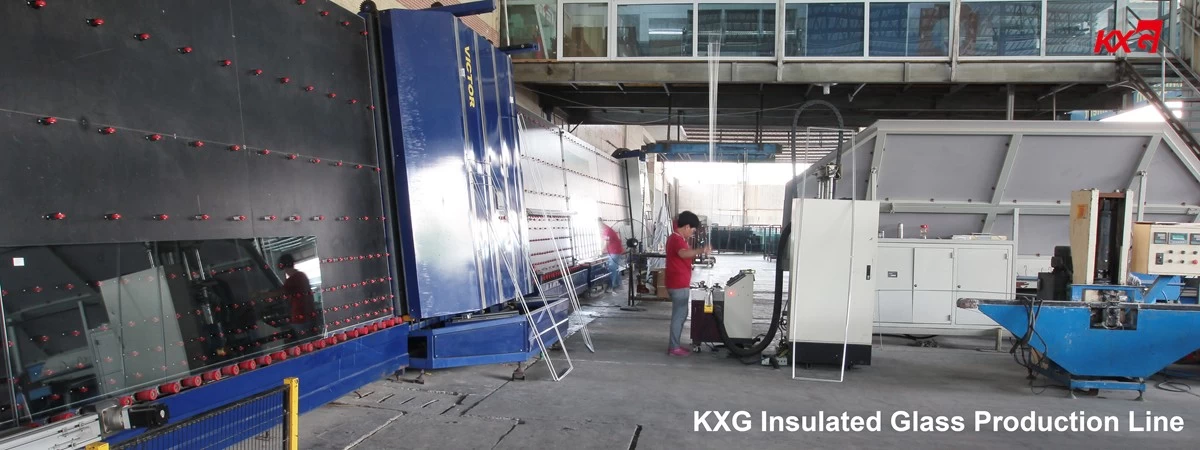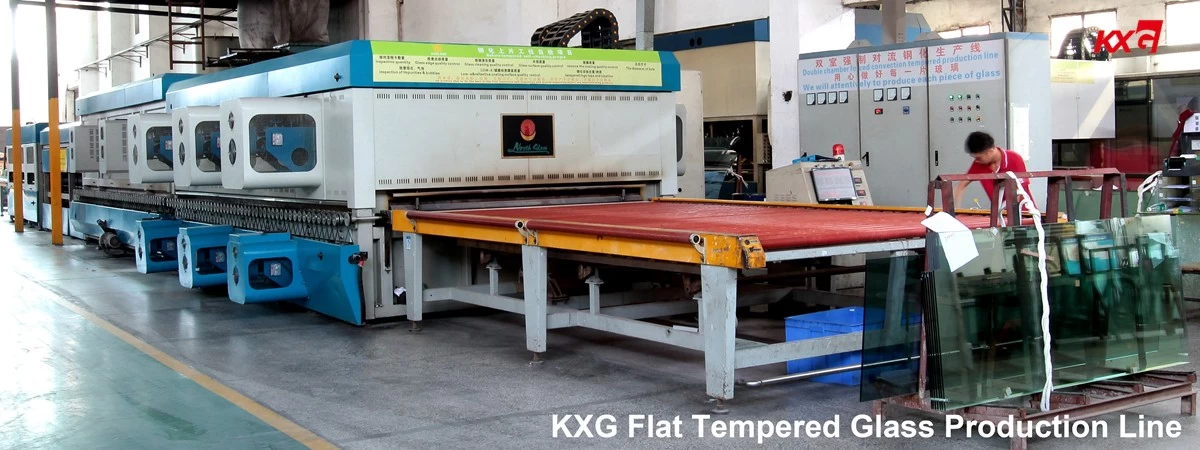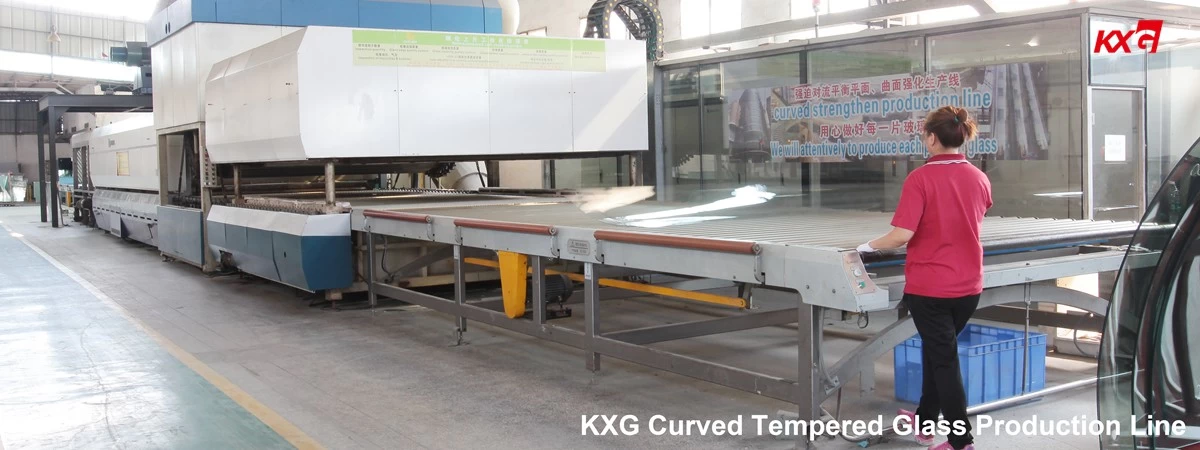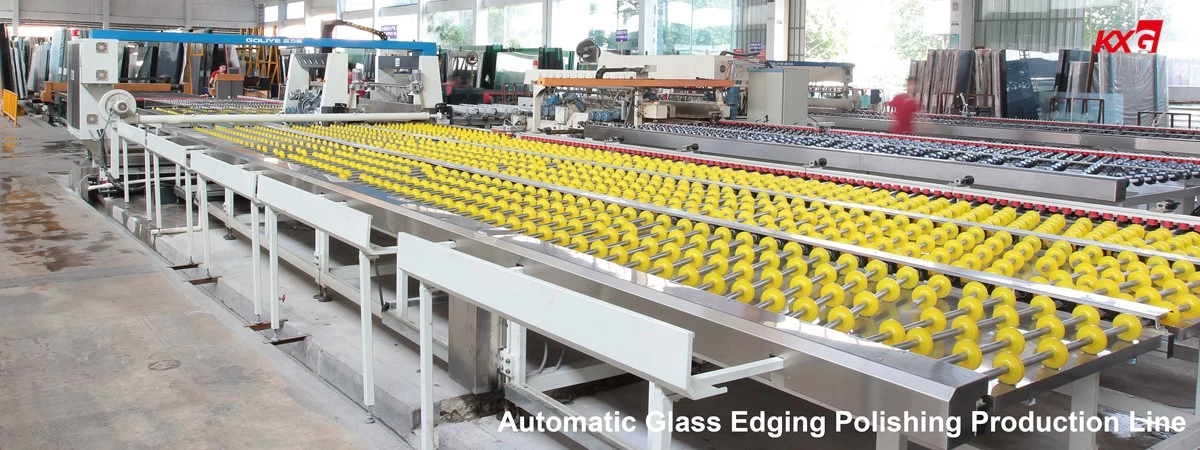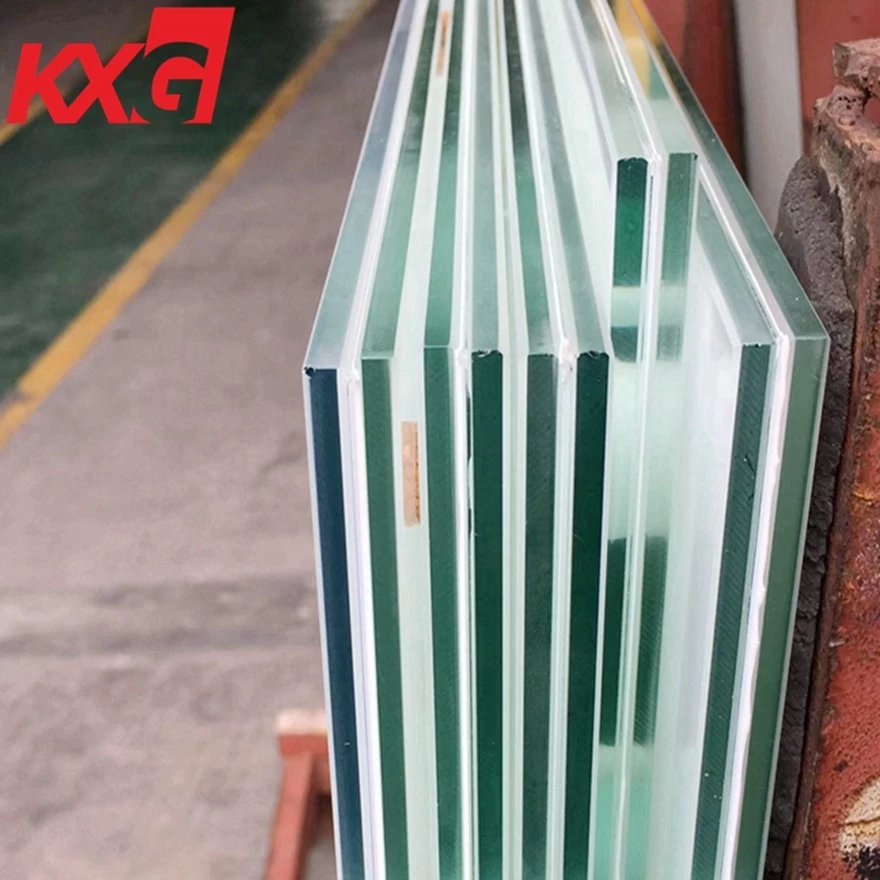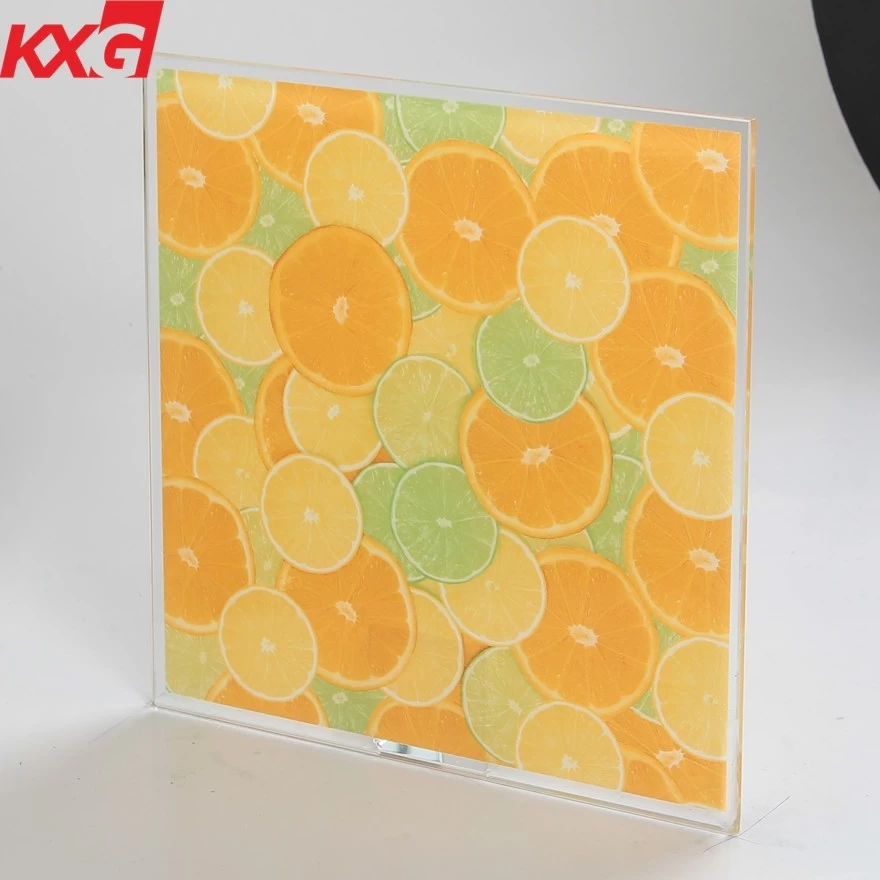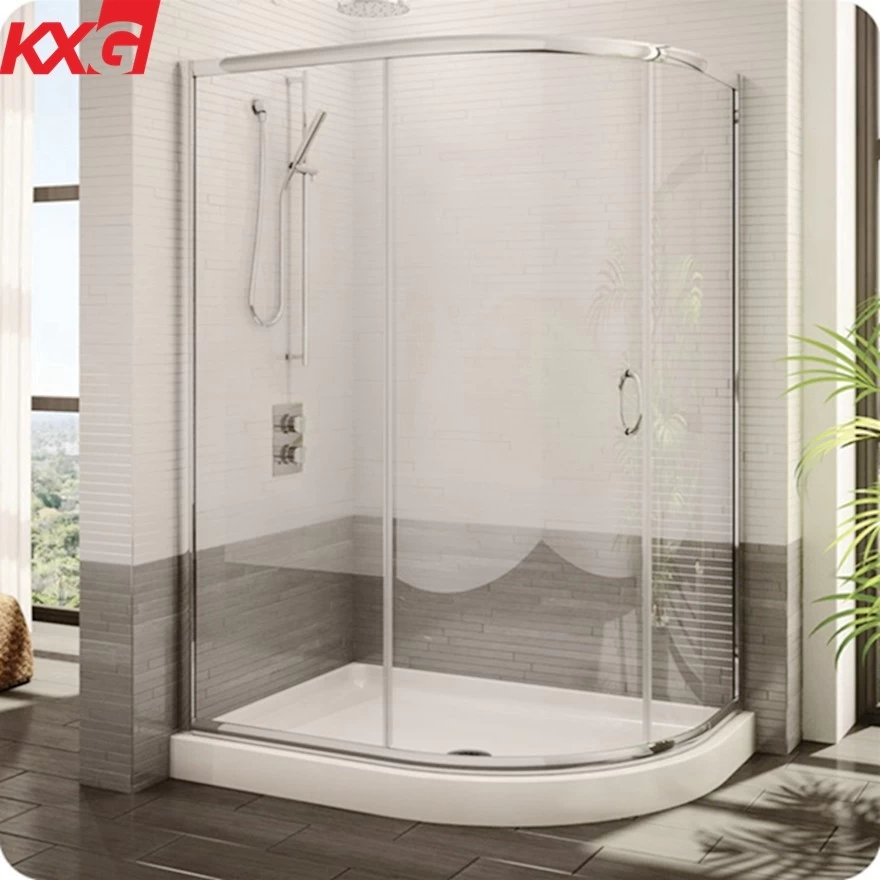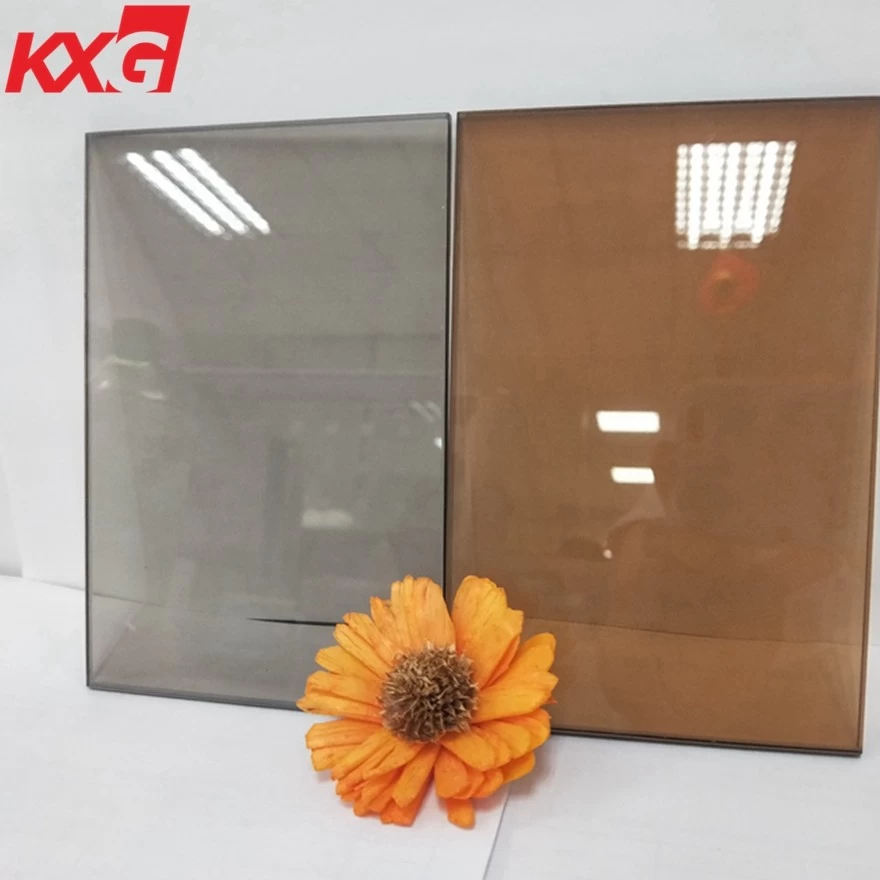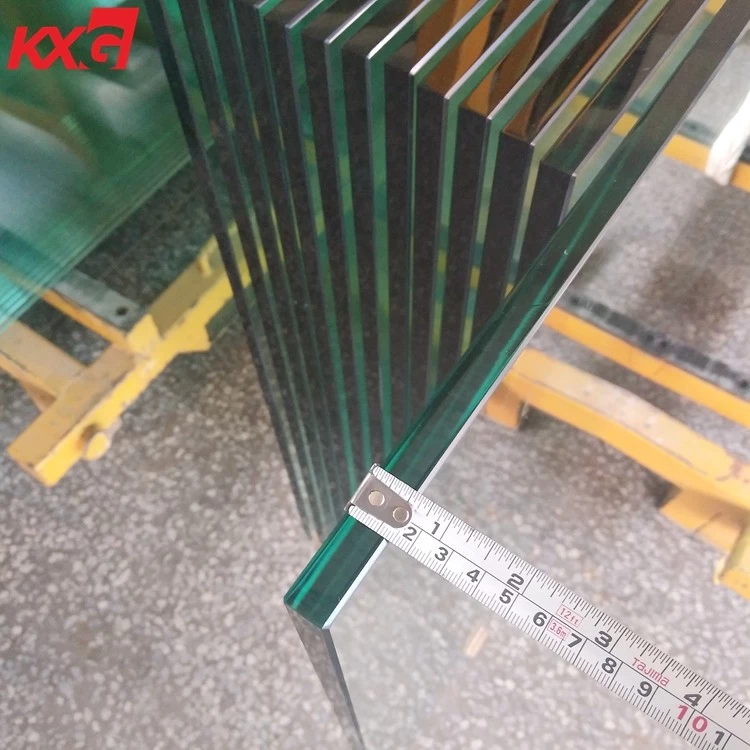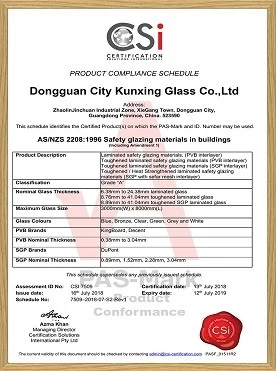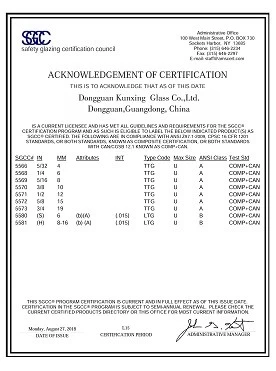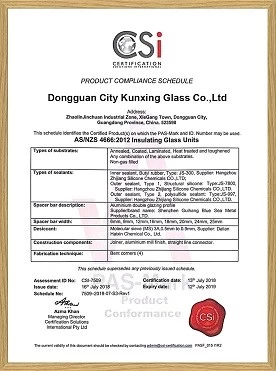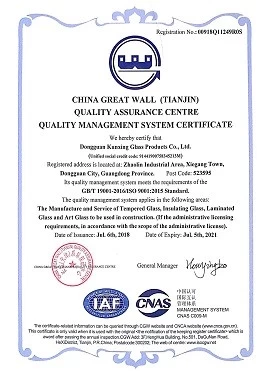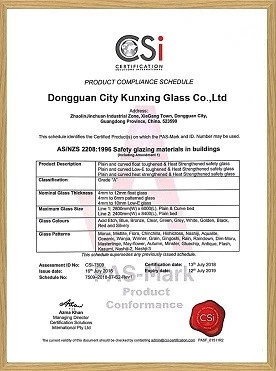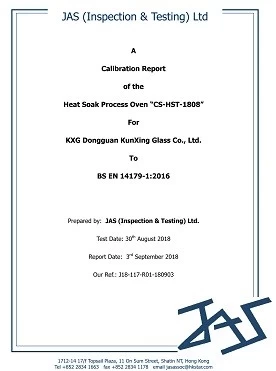What is the difference between LOW-E glass and coated glass
Daily social life with the rapid development of science and technology, glass is an essential material in our life, and with the increasing demand for decorative buildings, the use of glass in the construction industry is increasing.
However, when choosing glass doors and windows for buildings today, people pay more attention to its heat control, cooling cost and comfortable balance of internal sunlight projection, in addition to considering its aesthetic and appearance features. So let's learn together what is the difference between LOW-E glass and coated glass.

What is the difference between LOW-E glass and coated glass:
LOW-E glass:
LOW-E glass, also known as low-emissivity glass, is coated with multiple layers of metal or other compounds on the surface of the glass to change the optical properties of the glass, so that it has the following obvious advantages compared with ordinary glass and traditional architectural coated glass: Excellent The thermal performance of the exterior door and window glass is the main part of the building's energy consumption, accounting for more than 50% of the building's energy consumption.
Relevant research data show that the heat transfer on the inner surface of the glass is mainly radiation, accounting for 58%, which means that to reduce the loss of heat energy by changing the performance of the glass, and the most effective method is to inhibit the radiation on the inner surface.The radiation rate of ordinary float glass is up to 0.84, which can drop below 0.1.Therefore, using Low-E glass to make building doors and Windows, can greatly reduce the indoor heat energy caused by radiation to the outdoor transmission, to achieve the ideal energy saving effect.

Coated Glass:
Coated glass can be divided into the following categories according to the different characteristics of the product: heat-reflective glass, low-emissivity glass (Low-E), anti-reflection glass, etc.
Heat-reflective glass is generally coated with one or more layers of metals such as chromium, titanium or stainless steel or their compounds on the surface of the glass to give the product a rich color, with proper transmittance for visible light, high reflectivity for infrared light and high absorption for ultraviolet light, therefore, it is also called sunlight control glass, mainly used in buildings and glass curtain walls.
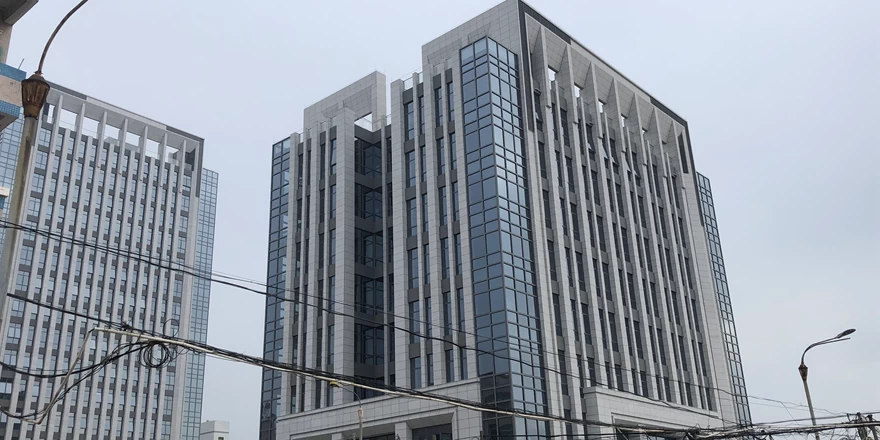
Low-E glass has good thermal insulation properties and is mainly used in buildings and vehicles such as automobiles and ships. Due to the poor strength of the film layer, it is generally used as insulating glass.
Anti-reflection glass is a nano-optical multi-layer film coated with a certain film structure on the surface of the glass, which improves the visible light transmittance of the glass, reduces the surface reflected light, and greatly improves the transmittance. It can be used in desktop computers, liquid crystal displays, and advertising machines,showcase glass, etc.
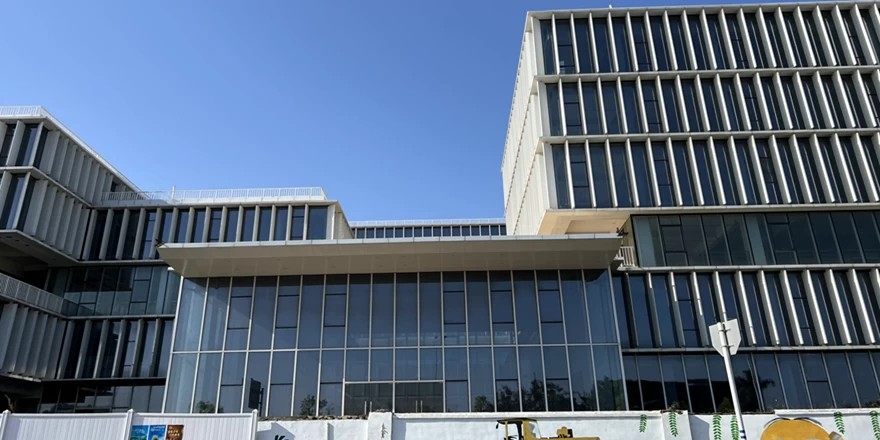
About the above content is explained about the difference between LOW-E glass and coated glass, I hope it will help you, if you want to know more about the glass knowledge can continue to pay attention to us.

